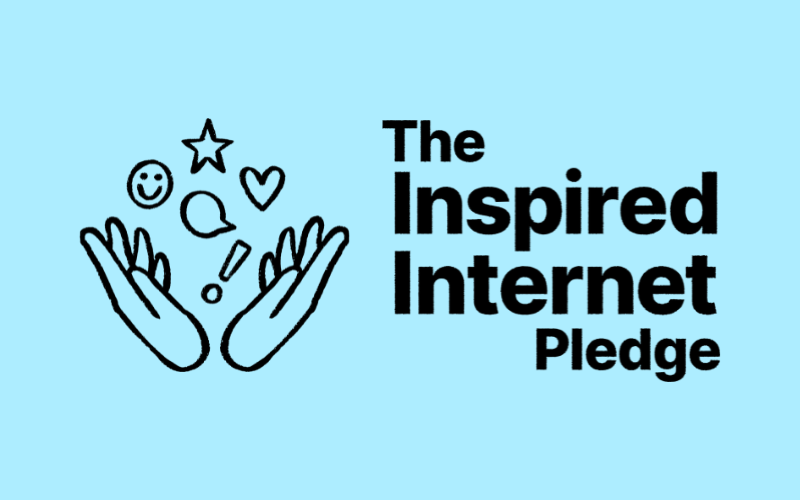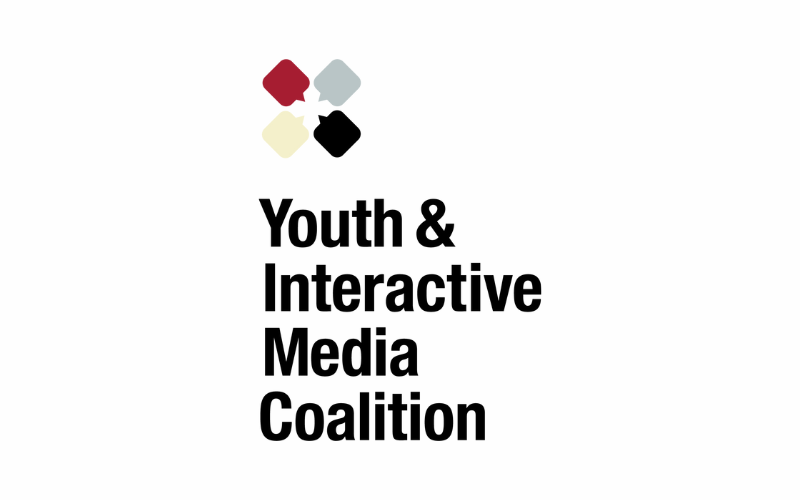As a parent, it’s normal to want to share your child’s milestones and memories with family and friends. With the rise of social media, platforms like Facebook and Instagram have become modern-day baby books. But have you ever wondered what impact this “sharenting” might have on your child’s privacy and well-being?
Sharenting refers to parents sharing content about their children online. Sharenting is an easy, accessible way to share experiences and relate to other parents. When you become a parent, it becomes part of your core identity. It’s natural for parents to want to curate and celebrate that part of their identity just like any other passions, interests, and callings.
At the Digital Wellness Lab, we’ve pulled together the latest research to paint a picture of sharenting, from parents’ motivations, potential consequences, and the importance of seeking your kids’ consent before sharing their lives online.
Factors that influence Sharenting:
- Time spent online
- Size of following
- Parenting style (more permissive parents tend to share more)
- FOMO (fear of missing out)
Privacy and the Risks of Sharenting
Although sharing your child’s life online can be a way to connect with others, it also raises privacy and safety concerns. Identity fraud and image exploitation are two of the biggest issues related to sharenting. Barclays bank estimates 7.4 million incidents of identity fraud per year could be linked to sharenting by 2030. Additionally, photos posted on social media may end up on sites used for sharing pedophilic images. An eSafety investigator in Australia found that up to 50% of images on those sites could be traced back to social media and blog posts. Some parents also voiced concerns about website data collection and how it will affect their kids in the future.
The Influencer Culture and Its Impact on Children
Sharenting and influencer culture can have a significant impact on children. Researchers have found that children with parents who share images may be more likely to have social media accounts and show interest in posting and viewing photos of themselves online.
Children of influencers, also known as “micro-microcelebrities,” may have their identity formation and privacy affected as they become integrated into their parents’ brands. Plus, the emergence of kidfluencers—children who are the main attraction of a social media following—raises concerns about their well-being, privacy, and potential exploitation. The revenue generated by kidfluencers, primarily through advertising, can also expose young viewers to targeted advertising, shaping their consumer behaviors.
Legal Concerns in Child Influencer Culture
Serious legal concerns loom over child influencer culture, including potential exploitation, child labor laws, and privacy issues. These concerns arise as young influencers generate income through advertising and sponsored content.
Existing regulations like the Fair Labor Standards Act (FLSA) and the Childhood Online Privacy Protection Act (COPPA) have limitations when protecting child influencers. Some states mandate Coogan Trusts, which require a portion of a child’s income to be placed in a protected account, but these laws aren’t widespread.
More comprehensive regulations at the state and federal levels can help protect child influencers from exploitation and ensure their rights, privacy, and well-being are respected. International efforts, like France’s amendment to its Labour Code, are emerging to address these concerns.
Adolescents’ Perspectives on Sharenting
As children grow older and develop their own digital media habits and boundaries, their opinions about sharenting can change. Adolescents are often embarrassed by their parents’ sharenting and may worry about the consequences of having their pictures online.
However, adolescents’ views on sharenting are also affected by how much they share online. The more they post, the more positively they tend to view sharenting. Adolescents are also sensitive to the intent of sharenting. They’ll generally accept when parents use the posts to archive information but view actively using sharenting to manage public perception and impressions negatively.
Ultimately, it comes down to respecting boundaries. Research consistently shows that adolescents want to be asked before their parents post content about them online. By asking their children’s permission to post, parents can build trust and model good digital citizenship.
A 2021 survey by Security.org found that 77% of parents said they shared stories, images, or videos of their children online.
Navigating Sharenting — a Way Forward
While sharing your child’s life online can be a way to connect with others and celebrate your role as a parent, it’s important to consider the potential consequences on your child’s privacy and well-being. As a parent, seeking your child’s consent before sharing their life online and staying informed about the evolving legal landscape surrounding child influencers is essential. As the world of social media continues to evolve, parents can strive to strike a balance between connecting with friends and family and respecting kids as individuals who will have to deal with the consequences of a life lived online.








